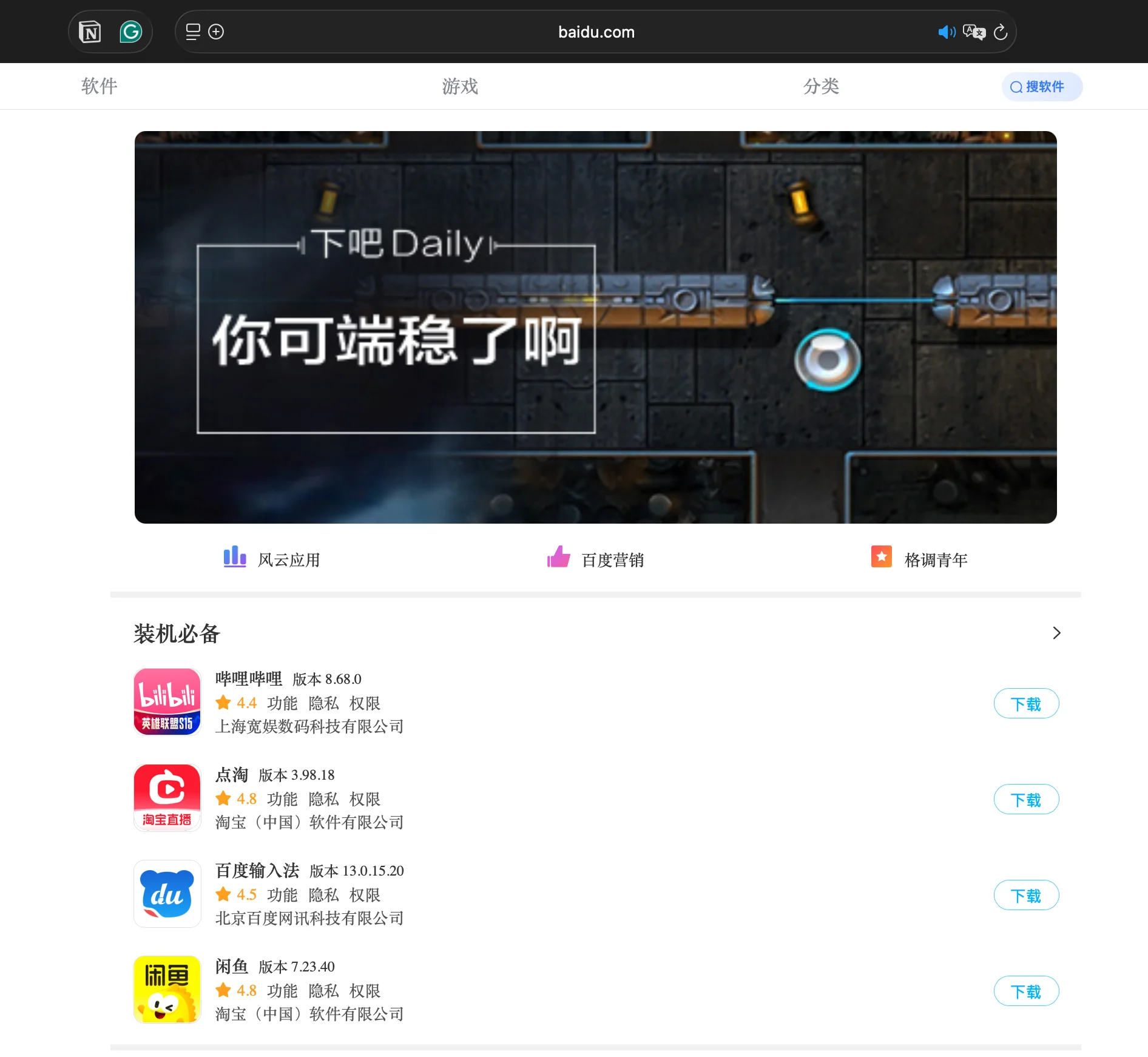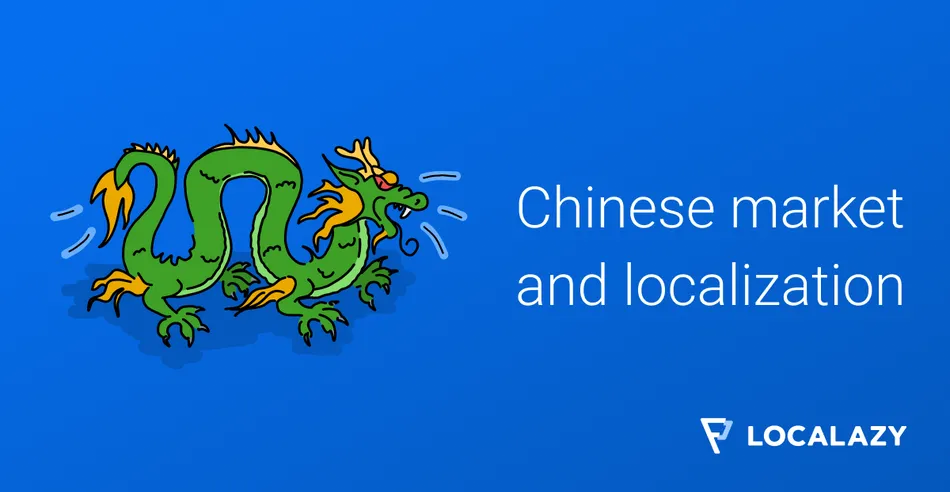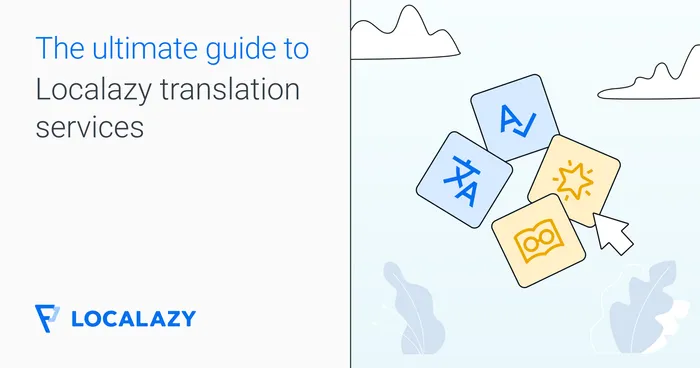China’s online ecosystem continues to expand at record speed. As of 2025, more than 1.12 billion people are connected to the internet, with national penetration reaching nearly 80%. The country’s online expansion is no longer limited to urban centers. It now includes millions of elderly and rural users joining the digital economy for the first time.
This fast growth has turned China into one of the world’s most influential tech and cultural hubs. From AI development and online literature to mobile payments and entertainment apps, Chinese digital products now have a say in the creation of global trends. For any company building a multilingual app/website, preparing for Chinese users it’s a step toward staying relevant in a global market that speaks, reads, and creates in Chinese.

The market seems like an incredible opportunity until you face the challenges it introduces to your business, whether you are a one-man-show, a startup, or an established company. While it can be complex for foreign brands to enter it (due to strict rules), opportunities continue to grow for companies that adapt to local regulations and user expectations through localization.
🤔 What are the challenges of entering the Chinese mainland market with your app/website? 🔗
The Chinese market offers massive potential, but bringing your digital product into mainland China is far from straightforward. Between legal requirements, content regulations, and language standards, the process demands a bit of labour on understanding the technical and cultural side of this market. Let's have a look at some of the main challenges that determine success for this market:
⚖️ Regulatory barriers and strict approvals
Foreign developers face a strict approval system before an app can be distributed legally in China. Some categories require a computer software copyright certificate, often requested through Chinese authorities or embassies. This process can involve providing source code for verification, which raises serious concerns around intellectual property protection.
Certain app types, such as finance, social media, cloud tools, and games, need additional local licenses or must partner with a Chinese-registered entity to apply. Approval timelines are unpredictable and resource-intensive, and rejection rates remain high for non-domestic developers.
🌐 Platform and ecosystem differences
The digital environment in China operates separately from the global web. Services like Google Play, Facebook, YouTube, and WhatsApp are not accessible. To function smoothly, your app must integrate with Chinese platforms and SDKs, such as WeChat, Alipay, or Baidu Maps, each with its own documentation and approval process.

Foreign integrations (for instance, Google Sign-In or Facebook Login) often cause immediate compliance issues and can block your app’s approval.
🈶 Language and script requirements
Chinese authorities expect that all apps targeting the mainland provide a fully localized interface in Simplified Chinese. This is not optional. Untranslated text, even within system dialogs or help menus, can result in rejection.
In practice, developers must handle both Simplified and Traditional Chinese variants correctly. Mainland China and Singapore use Simplified Chinese (zh#Hans), while Taiwan, Hong Kong, and Macau rely on Traditional (zh#Hant).
👉 Localazy automates this process by mapping locale codes (zh-rCN,zh-rTW, etc.) to their correct formats (zh_CN#Hans,zh_TW#Hant) and generating all necessary aliases for each region. Find out more about Chinese localization
🎨 Content must fit the cultural and stylistic norms
Translating the interface is just one part of localization. Your app’s design, tone, and visual elements must fit local expectations. Certain imagery, symbols, and color combinations can be flagged as inappropriate or misaligned with cultural norms.
Games and entertainment apps face even stricter reviews. Visual styles, character design, and story elements are regulated to align with domestic standards. Content showing violence, gambling, or sensitive topics can lead to instant rejection.
📱 App category restrictions
Before entering the market, identify which category your app belongs to. Some types of software face a lighter approval path, while others are heavily restricted or reserved for Chinese-owned entities. Here is a more detailed list:
✅ Lower-risk categories (potentially easier for approval):
- 🧰 Tools (except for browsers, VPN, network disc, cloud)
- 📚 Education
- 🍲 Food & Drink
- 🧭 Navigation (could be a problem with satellite images)
- 📠 Photocopy
- 🏝️ Travel & Accommodation
- 🛍️ Shopping
- 👔 Business
- 🧸 Kids
- 🧘 Lifestyle & Convenience
- 🚗 Cars
- 😎 Personalized themes
⛔ High-risk categories (very tough for approval):
- 🏦 Finance (finance license required)
- 👨⚕️ Sport and health (health license required)
- 📼 Media and Entertainment (audiovisual permit required)
- 🗞️ Books and References (news license required)
- 💿 Tools such as VPN, Browser, Network disk, Cloud (Value-added Telco business license required)
- 💬 Social and Communication (ICP & Security Assessment report required)
- 🕹️ Games (Must obtain game version number)
If you fall into the categories above, make yourself ready for a long-term, resource-heavy, and unguaranteed approval process
⚠️ UI and data compliance
Details that might seem minor in other regions can block your release in China. For example, country selectors that list Hong Kong or Taiwan as separate countries are automatically rejected. Replace such fields with “Country/Region” to comply with national policies.
Similarly, privacy notices and consent dialogs must follow Chinese legal terminology and reference the Personal Information Protection Law (PIPL). Translations that don’t reflect these terms accurately can be grounds for removal.
Learn how to create a custom language selector for Android apps
🔄 Ongoing regulatory changes
China’s digital rules evolve pretty quickly. New data, privacy, or content rules can appear with little notice, impacting approvals or even existing releases. Teams entering the market need to plan for continuous localization and compliance updates and not a one-time setup.
Entering the Chinese mainland market is possible, but it requires more than translation or app store optimization. It demands a full adaptation of language, infrastructure, and compliance, guided by local insight and supported by a platform that manages the complexity, like Localazy.
🐉 Internationalization & localization workflow tips for entering the Chinese market 🔗
To succeed in Chinese-speaking markets, seeing translation as a stretch goal won’t cut it: language readiness is a foundational piece of your product strategy. Below are the more advanced considerations, where many teams drop the ball, and how Localazy helps you handle them efficiently.
1. Build a more advanced translation workflow
Localization into Chinese is no longer a manual crop of “translate menu items, run QA.” Today you’ll need a system that handles ongoing updates and aligns with brand voice, context, automation, and variant-management.
Even though at Localazy we've supported Chinese localization since our early days, we've evolved the platform even further, adding a bunch of helpful features to help you build better translation workflows:
- With the Releases feature, you can now tag translation states (for example: dev, test, production) so your Chinese-language version evolves in sync with your product’s lifecycle.
- The newly launched Localazy AI translation engine reads your glossary and style guide, helping to produce translations that reflect your brand voice instead of sounding generic.
- Better dashboards now offer highly granular language-progress indicators and detailed word/character counts in filtered tables—so you can estimate workloads, monitor bottlenecks, and visualise translation status at a glance.
- Glossary support has been expanded: machine-translation providers such as Google Translate and DeepL will now respect your predefined terms in Localazy projects, which means you preserve consistent terminology across Chinese (and other languages).
Together, these improvements allow you to treat Chinese localization as an integral part of your release process. Since you can align translation snapshots with dev/test/prod stages, automating parts of the translation process while allowing for easy quality assurance by your language experts, and gaining real-time visibility into translation progress, you reduce risk, accelerate time-to-market, and increase consistency across all Chinese-language variants.
📚Related read: How to automate the entire software localization process from development to translation with Localazy
2. Support multiple scripts and regions
Supporting Chinese means more than one translation file. Mainland China, Singapore, Taiwan, Hong Kong, Macau, all involve script/locale distinctions that affect user experience, regulatory compliance, and even store approval.
Rather than creating and maintaining a dozens of locale codes, optimize with Localazy’s script automation: maintain the core files Simplified (zh#Hans) and Traditional (zh#Hant), and rely on the platform to generate region variants behind the scenes. This dramatically reduces manual overhead while ensuring you hit the right script-variant per market.

3. Prepare your product design for the Chinese market
Beyond translation lies product readiness: Chinese text is typically denser, UI flows differ, and even iconography may shift. This means your product design must allow for: longer string wrap, different line lengths, and culture-specific visual cues.
Integrating pseudo-localisation early helps catch layout breaks before they go live. And your language selector, country/region labels, legal copy and data permissions should reflect local norms, small details that often cause major re-work when overlooked.
Thus, it is always good to perform pseudo-localization during the design process to ensure your UI is ready for those characters.
The Localazy Figma plugin will come in handy to make your app ready for the Chinese language from the very start.
4. Provide Chinese-language support to improve global reach
Even if you’re not targeting mainland China directly, offering a high-quality Chinese interface opens access to sizable user bases in Taiwan, Singapore, Malaysia, Hong Kong, and the broader diaspora. Think of Chinese localisation not just as “China market access” but as “Chinese-language global access.”
Both Simplified and Traditional Chinese are used across the world by both other nations and Chinese immigrants.
The Chinese represent the third-largest immigrant group in the U.S., following Mexicans and Indians, with approximately half of all Chinese immigrants living in California (32%) or New York (19%).
There are also many Overseas Chinese people. Overseas Chinese are people of Chinese birth or ethnicity who reside outside the territories of the People's Republic of China (PRC), its special administrative regions (SARs) of Hong Kong and Macau, as well as the Republic of China (ROC or Taiwan).
There are several geographic markets where the Chinese language is pretty well established, such as:
- Malaysia
- Singapore
- Hong-Kong
- Taiwan
- A lot of Vietnamese people know Chinese as well
Even though English is a pretty common language among Chinese people, thanks to their educational system, speaking to them in their native language is well appreciated.
5. Treat localization an ongoing investment
Localization is not “set once and forget.” Product changes, new features, backend updates, UI tweaks, all require translation and design review. The difference between a good and great Chinese launch often comes down to whether the workflow supports full lifecycle localization. Localazy’s integrations with CI/CD, APIs, automation, and translator-review workflows, support that continuous model.
📚 Related read: How to measure your localization ROI: Costs, benefits and KPIs

🚀 Don't let challenges distract you from the main goal: translation quality 🔗
Entering this market comes with friction at every stage. From adapting your interface and adding support for Chinese scripts to refining visuals that go well with cultural expectations, every layer of localization adds complexity. Yet, all these efforts serve a single objective: achieving a clear, accurate, and natural translation. The tools and tactics you choose should exist to strengthen that outcome, not distract from it.
Accurate Chinese translation depends on context, not volume. The most effective workflows should give translators and, translation engines and AI a shared understanding of tone, intent, and user expectations. With Localazy AI and Style Guide, you can define formality, tone, and audience rules for each language, so every translation reflects your product’s real voice.
The new Localazy AI builds on that foundation. It automatically applies your glossary and style rules, adjusts formality where needed, and keeps terminology aligned across updates. Features like improved progress tracking, deeper glossary integration with Google and DeepL, and detailed quality feedback make it possible to scale translation without losing precision. For Chinese, where subtle shifts in tone or phrasing can change meaning, this level of contextual control is what gives localization the credibility to make your product stand out.
👉 Full release update: Release Update: New Localazy AI that understands your brand and audience!
🌐 Localize to Chinese. Reach a billion new users 🔗
We've already discussed the issues that make localization in Chinese difficult: missing context, inconsistent tone, and translations that sound mechanical or out of place. Also, managing scripts, cultural nuances, and dozens of moving parts easily leads to errors and rework.
Localazy won't solve every single struggle of the localization process but it helps you fix the most major one: producing and handling translations. Hire our Continous Localization Team of translators, benefit from AI, glossaries, and style guides, and save time when entering this market.
Start with Localazy and build Chinese translations that read naturally, scale cleanly, and stay true to your product. Register here and try it yourself or book a demo with our Solutions Architect who can guide you further.




